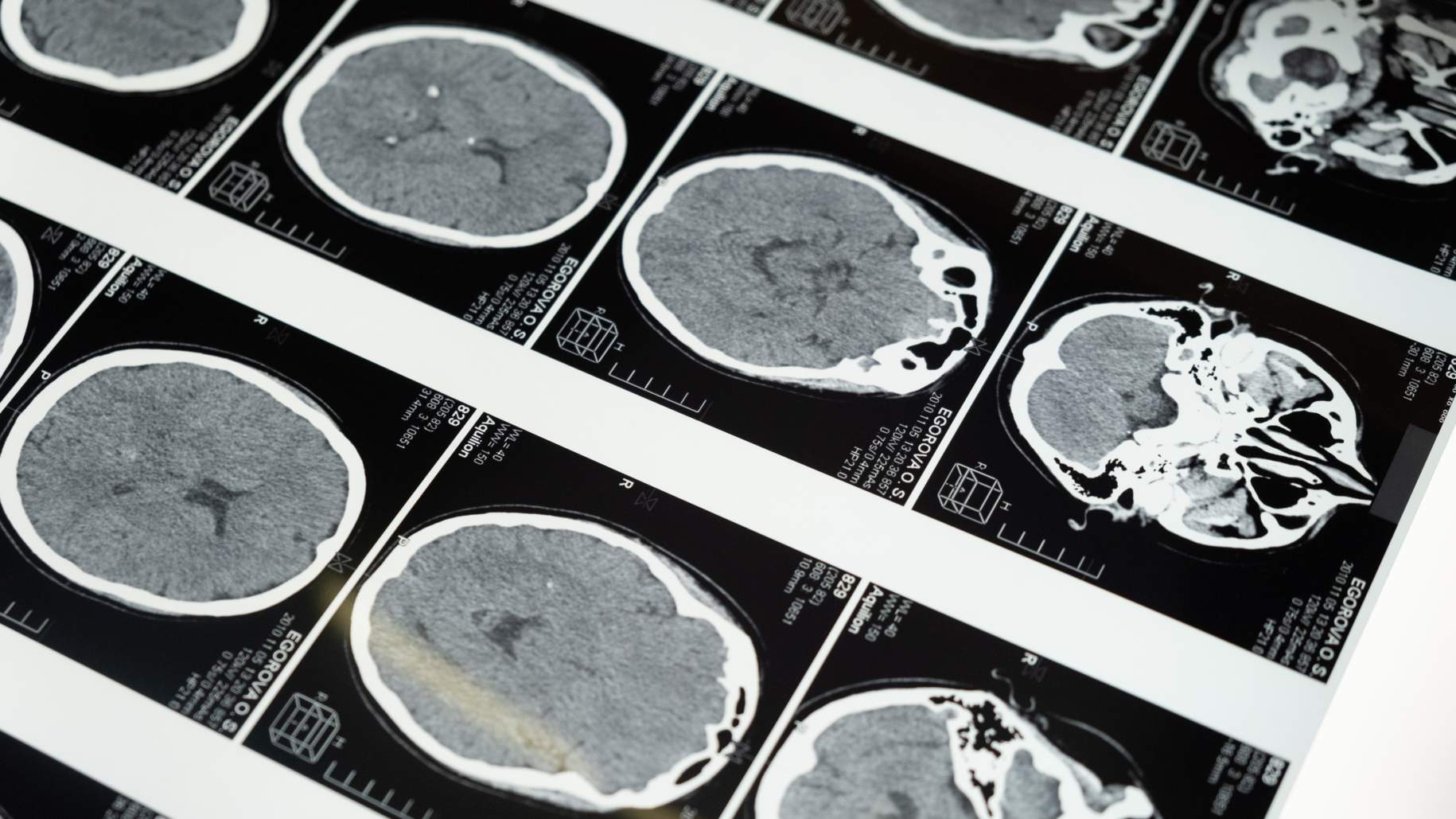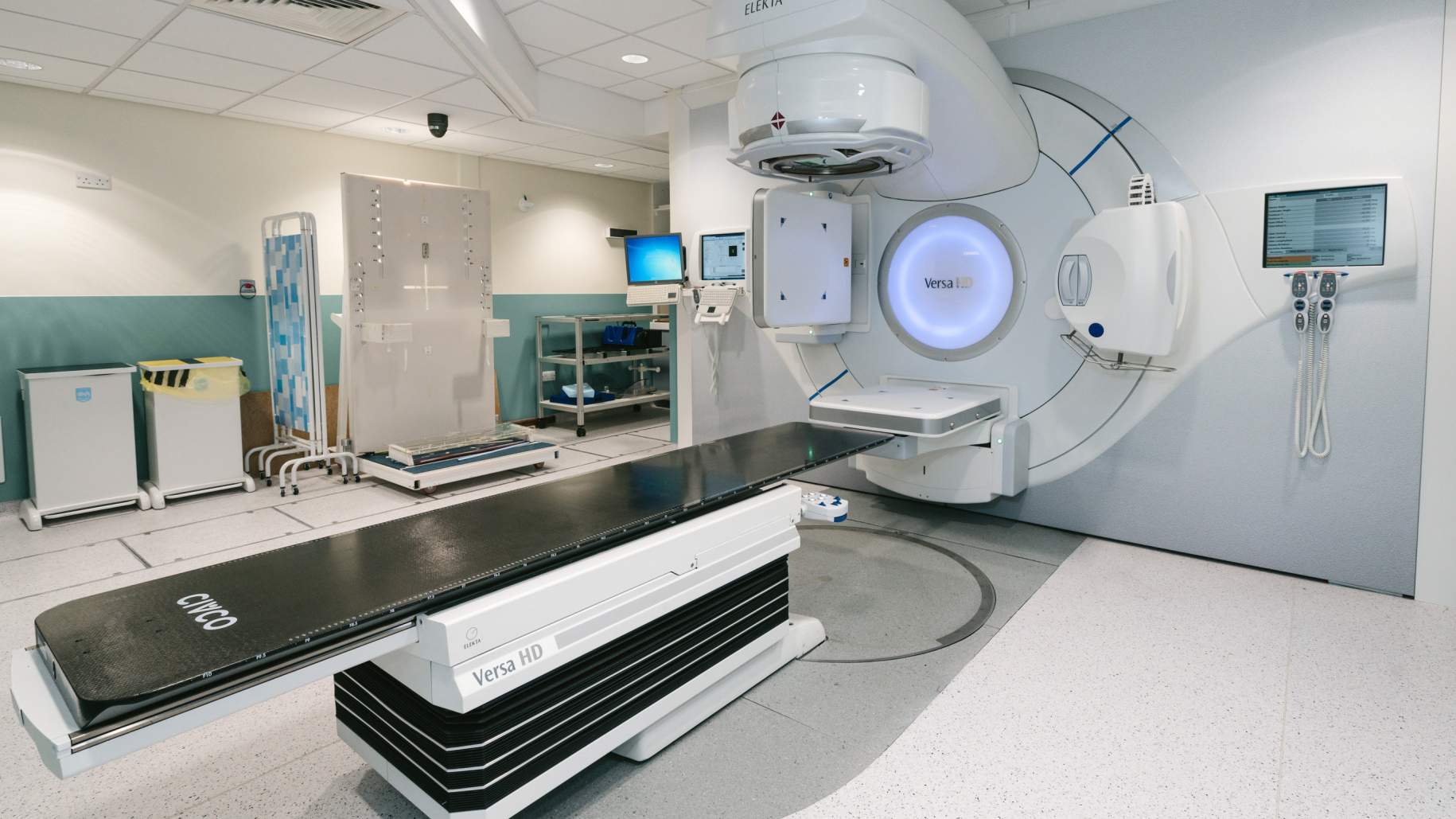Overview of Meningioma Treatment

After receiving a diagnosis of meningioma, many individuals begin thinking about what treatment options exist. In this series of articles, we will discuss the various therapeutic options available for a meningioma including surgery, radiation therapy, chemotherapy, or observation. Below, we summarize the main points in this series and encourage you to explore the links within for more information.
Surgical Treatment of Meningiomas

Surgery is often the most efficient and effective treatment for meningiomas. However, surgery may not be the best course of action in certain cases. If the tumor was found incidentally and is not causing symptoms or if it is determined that surgery is too risky, other treatment options may be more appropriate.
If you are deemed a good candidate for surgery, your surgeon will create a surgical plan. This often involves diagnostic imaging, such as an MRI or CT scan, to locate the exact position of the tumor within the skull. In some rare cases, an angiogram may be performed to study the blood vessels to the tumor. An angiogram is an imaging technique that can be used to map the different blood vessels that supply oxygen and nutrients to the meningioma.
The angiogram procedure involves inserting a small hollow tube (micro-catheter) into your arm or leg that is then passed up to the vessels in your neck. A dye visible by the X-ray machine is injected to help visualize the path of blood vessels within your brain. An angiogram may help your surgeon know whether the blood supply to the tumor can be stopped (embolized). During embolization, the surgeon injects a substance that blocks off blood flow to the tumor. By blocking blood flow, the tumor will have a harder time growing. Additionally, less blood flow to the tumor often makes surgical removal easier with lower risks of blood loss.
There are several different surgical techniques that can be used for the treatment of a meningioma. This includes craniotomy, neuroendoscopic surgery, and endoscopic endonasal surgery. Since some meningiomas occur around the spinal cord, spine surgery may be required. The decision to use one technique over another is based on the location of the tumor and expertise of the surgeon.
A craniotomy may be used to access a tumor on the surface of the brain, neuroendoscopic techniques may be used if the tumor is on the inner surface of the brain, and endoscopic endonasal surgery may be used if the tumor is located at the base of the brain.
Following surgery, you can expect to remain in the hospital for several days as the care team ensures that you are recovering safely. Your hospital stay may be longer depending on the presence of other medical conditions or the complexity of your surgery. After surgery, many patients will complete rehabilitation therapy which is tailored to the needs of each patient and will help your body to heal, regain strength, and improve mobility.
The goal of surgery is to completely remove the meningioma since this lowers the risk of recurrence. However, in certain instances, some tumor may be left behind to minimize the risk of surgery. This occurs if your surgeon determines that removing all the tumor would be unsafe to healthy brain tissue or important surrounding structures which are adherent to some tumor fragments. If there is tumor remaining after surgery, patients often undergo surveillance imaging yearly and radiation therapy is used if the residual tumor grows.
Radiation Therapy for Meningiomas

Radiation therapy may be used to treat tumors that cannot be surgically removed but it most often used to treat residual tumors after surgery that have been shown to be growing on surveillance imaging. This can occur if complete surgical removal was deemed unsafe, or if the patient cannot tolerate surgery. Radiation therapy works by directing high-intensity beams of energy at tumor cells. These beams cause damage to cells, ultimately resulting in their destruction.
Radiation therapy is often delivered during several sessions over the span of a few weeks. The first session is usually a planning session. During this session, your care team will determine the appropriate radiotherapy dosage and where to aim the radiotherapy beams to treat the tumor most effectively. During treatment, you will be fitted with a device (mask) to keep your head still while radiation is delivered.
It is important to remain totally still during radiation therapy to ensure that the radiation beams are precisely targeted at the tumor cells. Each session may last approximately 30 minutes, but most of the time is spent positioning you in the machine to ensure accurate targeting. The actual radiation application itself is quick and painless.
Patients often have questions about what their chances for survival are after diagnosis and if their meningioma will come back after treatment. Both questions depend on a multitude of individual factors including the aggressiveness of the tumor and if your treatment fully removed the meningioma. Fortunately, a large majority of meningiomas are benign, slow-growing tumors with an excellent prognosis. This is especially true if the entire tumor can be removed surgically.
While the recurrence rate is low in most cases, regular surveillance with diagnostic imaging is performed to ensure that the meningioma does not recur. In some instances, meningiomas may be more aggressive, meaning they grow faster, can invade neighboring tissue, and may recur even with successful treatment. These meningiomas are considered malignant and carry a worse prognosis. Physicians and pathologists can determine whether a meningioma is benign or malignant by looking at a tissue specimen under a microscope. The results and its implications will be discussed with you once the results are available.
Why should you have your surgery with Dr. Cohen?
Dr. Cohen
- 7,000+ specialized surgeries performed by your chosen surgeon
- More personalized care
- Extensive experience = higher success rate and quicker recovery times
Major Health Centers
- No control over choosing the surgeon caring for you
- One-size-fits-all care
- Less specialization
For more reasons, please click here.
Chemotherapy and Medical Management of Meningioma
Chemotherapy for meningioma is rarely used due to the limited effectiveness of current chemotherapy options. However, chemotherapy or medical management may be attempted if other treatments such as surgery and radiation therapy have failed to produce a benefit, or if the patient is not a good candidate for these options.
One of the main chemotherapy agents that has been investigated is hydroxyurea. Although initially promising, hydroxyurea was proven to be ineffective for the treatment of meningioma. Similar results were found with other chemotherapy agents such as temozolomide, doxorubicin, cyclophosphamide, and vincristine.
Hormonal therapy has also been investigated to medically treat meningiomas. Research has demonstrated that the growth of meningiomas is affected by hormones such as estrogen, progesterone, somatostatin, and androgens. These hormones bind to receptors on meningiomas and stimulate tumor growth. As a result of this discovery, drugs that block the meningioma receptors for these hormones were studied in hopes of finding a way to arrest tumor growth. Unfortunately, none of these studies have identified any meaningful impact on tumor progression with hormonal blockade.
Immunotherapy is a treatment technique where medicine is used to help the immune system better attack tumor cells. Immunotherapy has proven effective in treating many different types of cancers. These successful results in other domains inspired research efforts on immunotherapy for meningioma. Unfortunately, studies have demonstrated that immunotherapy has a negligible effect on meningiomas.
Finally, the use of medicine to interrupt cell communication networks has proven effective at treating several types of cancers. However, molecular therapy was also proven to be ineffective in the treatment of meningioma. Currently, surgery and radiation therapy are more effective than medical management, but research is still ongoing to discover new meningioma molecular targets.
Observation of Meningioma
In some cases, simply monitoring the meningioma with periodic MRIs over time may be preferred instead of treatment. Observation may be a favorable option for older individuals or those with poor health, when the meningioma is situated near a dangerous area to operate on, or when the meningioma is small and does not cause symptoms.
While observation instead of treatment may seem counterintuitive, observation is a reasonable option in select cases because most meningiomas grow slowly and are unlikely to invade other tissues. If you and your care team decide to take the observational approach, you will be regularly monitored (every 6-12 months) with serial imaging to make sure that the tumor is not growing, or indeed growing too slowly to cause any problems. Often, this period of observation can last years with no to minimal tumor progression.
The main benefit to observation is that you can avoid any risks associated with invasive brain surgery or radiation therapy. Alternatively, the risks of observation as a treatment strategy include the emotional impact that comes with having a brain tumor. It can be frightening to undergo potentially years of “watchful waiting” while knowing that you have a brain tumor. In addition, although a large majority of meningiomas are benign, there is a small chance that the tumor will progress over time to become larger. This progression may not be noticed until treatment is less effective or a change in growth pattern is noticed on imaging.
The decision to observe a meningioma instead of seeking active treatment is complex and dependent on many individual factors. It is important to discuss your own case with your care team to determine if observation is the right option for you. Ultimately, you should remember that most meningiomas are benign and observation is a very reasonable strategy in many non-symptomatic cases.

Conclusion
Deciding on what treatment option is best requires an in-depth conversation with your neurosurgeon and care team. This decision is based on many individual factors that are specific to each patient. We encourage you to use the information presented here and within the linked articles to help you ask questions and guide your discussion with your care team.
Key Takeaways
- Surgery is often the first-line treatment option for meningioma. There are several different techniques that may be used depending on the tumor location.
- Radiation therapy may be required in cases where there is some tumor tissue left behind following surgery.
- Chemotherapy or other medical treatments for meningioma have proven to be relatively ineffective. This treatment strategy may still be used if other treatment options are not possible.
- In some cases, observation may be the best treatment strategy for meningioma. Since meningiomas are most often benign and slow growing, a watchful waiting approach can be appropriate in cases where the tumor is asymptomatic.


